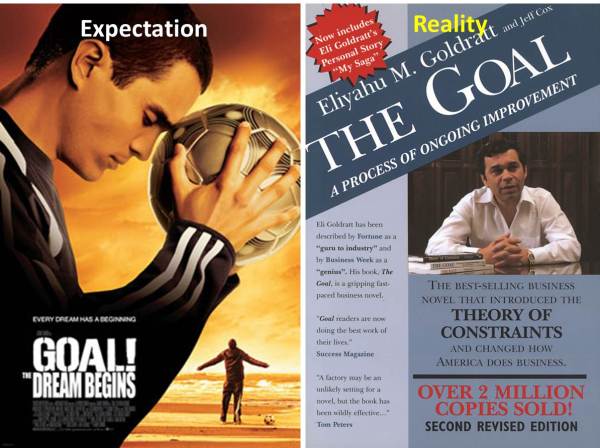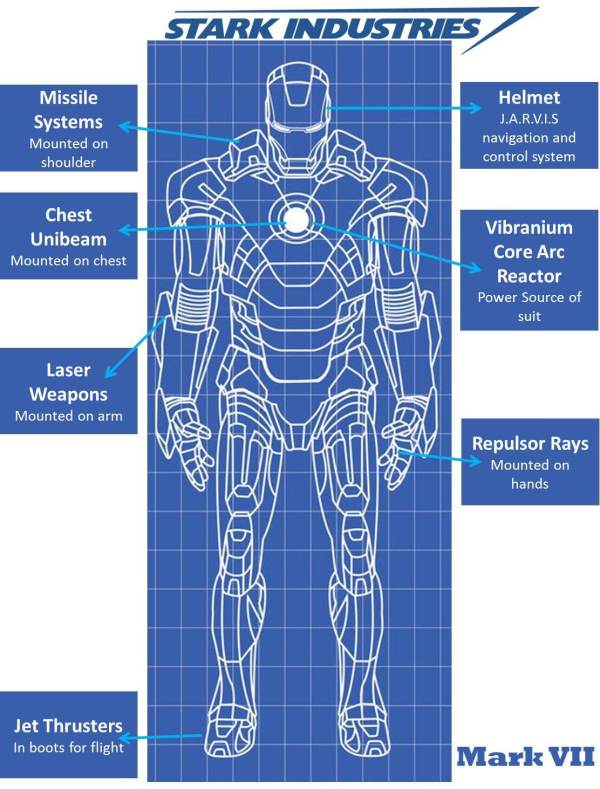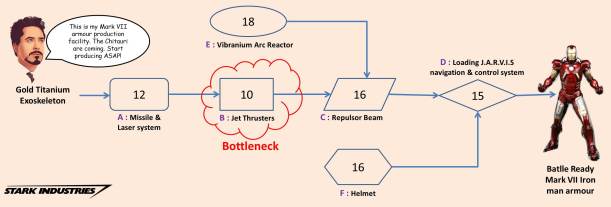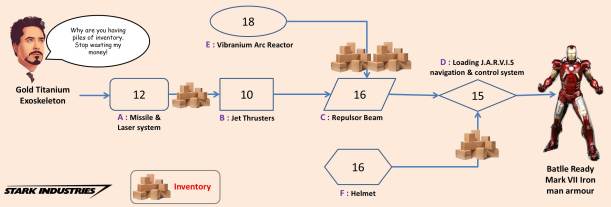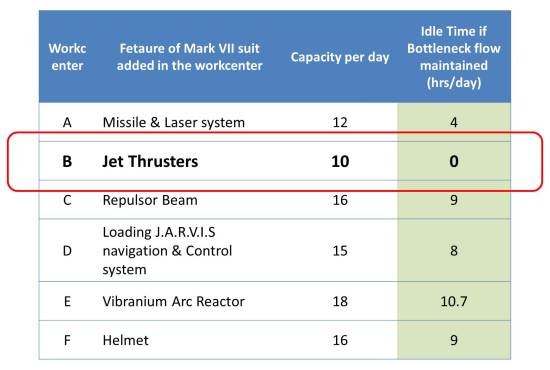Fresh out of college, I joined a manufacturing organisation and was straightaway thrown into the grind of the Onboarding process. One day I was informed by the training coordinator that all the new joiners will be shown the movie Goal. I was pretty excited at the prospect of revisiting Santiago Muñez’s struggles against adversity to become a footballing sensation. The thought never crossed my mind as to why the company should be screening the greatest movie made on soccer. (Maybe the MD was a football fan! I was just happy for a break from the gruelling plant visits. Sitting in an A/C auditorium is always better than being fried by the radiation from liquid steel.)
When the movie started, it was NOTHING about football. I felt stupid and cheated and would have walked out of the auditorium for sure had it not been the training supervisor sitting right next to me. I thought, what the heck, let’s see what this Goal movie is all about. And it turned out to be worth every minute spent. It was the first time I learnt about the Theory of Constraints and its impact on business. (I don’t know whether the subject was taught in our college. I used to bunk half the classes, and sleep through the remaining half I attended.)
I went back and ordered the book Goal by Goldratt the same day. Goal is the Bible for any person in the manufacturing sector. Even for people in other professional verticals it is a must read because it illustrates the power of Socratic method of deductive teaching and the importance of questioning things which might be so deeply engrained in our thought process and daily lives that we consider them to be absolute truths. If only I had teachers like Jonah (a character from the book) in college, maybe I would have actually attended some classes and learnt something.
And the best thing about the book is that you will never feel that you are reading a management book. Well defined characters, troubling professional and personal lives, and a gripping storyline: It feels like a Jeffrey Archer novel. Do ensure that this book is in your reading list. Meanwhile, the 3 takeaways:
- The Goal of a Manufacturing Organisation is to make Money.
The goal is NOT quality products or latest technology or maximum market share. All these factors are enablers for the only goal i.e. making money.
When you come to think of it, why only manufacturing organisation? The Goal of ANY organisation is to make money. There is no sugar-coating this fact. You may have elaborate Company Visions that talk about making the world a better place to live which sound good to the Marxist in you, but the truth in indisputable: No organisation can survive if it doesn’t make money.
Even the organisations that claim to be highly philanthropic and employee friendly, let me see how do they continue being the Good Samaritan once the company bottomline starts seeing red. Fortune 500 companies with all their fancy taglines and slogans should all just change their slogans to “Make Money!” Simple and sweet (& the truth).
- A Plant in which everyone is working all the time is very INEFFICIENT!
Sounds crazy right, even I thought so. This statement is totally against the conventional Production mentality of people working in the manufacturing sector. The only concern is maximum production, and that invariably means everyone should be working all the time.
Let us consider that you work in Stark Industry (I would love to work there. A Hi-tech company with a superhero boss = Dream Company!). You have been made Incharge of Mark VII Iron man armour production facility. (Mark VII armour is the one Stark calls into action when he is thrown out of the Stark tower by Loki. Remember Avengers?)
Now each component of Mark VII armour is made in a different workcenter which are shown diagrammatically in the following figure. The figures indicate the maximum production capacity per day of each workcenter.
A Bottleneck is any resource whose capacity is less than or equal to the demand placed on it. Mr. Tony Stark wants 10 Mark VII Iron Man armours per day. So we can conveniently see that the workcenter B which adds Jet Thrusters is the bottleneck in this system.
A point to note here is that if Mr. Tony Stark needs only 8 Mark VII armours per day, then there are NO bottlenecks in this system ( Because the demand placed on the system is only 8 which is less than the minimum capacity )
How many Mark VII armours is it possible to produce in 1 day. It is obviously 10. Because your armour won’t be complete without Jet Thrusters and your workcenter B is capable of producing only 10 Jet Thrusters per day. And you can’t eliminate Jet Thrusters because they are used for flight. Imagine an iron man armour WITHOUT flight capability. Very uncool, Right?
If you try to use each workcenter to its maximum capacity you will have inventory pileup in between workcenters and that means tying up Tony Stark’s cash, which won’t make him happy at all.
Goldratt says that we should sacrifice local optimums for achieving the goal of the company (making more money!) and he defines 3 measurements which permit us to develop operational rules for running our plant as well as express the goal of making money perfectly well.
Now logic dictates that to achieve a company’s goal, you need to increase throughput while decreasing inventory and operational expense. NOT aiming for local optimums gives us exactly that result.
Your throughput is maximum ( You are producing 10 units which are consumed by Tony Stark, if you somehow manage to produce 12 per day, the extra armours will lie unused).You have decreased Inventory ( No inventory pileup between workcenters now) and your operational expense has also reduced ( as the workcenters are not consuming any resource when they are sitting idle).
- Five Focusing steps for achieving the Goal
This is the most important takeaway and you must have heard this in countless corporate meetings and brainstorming sessions. The steps are as following
- IDENTIFY the system’s constraint
- Decide how to EXPLOIT the system’s constraint
- SUBORDINATE everything else to the above decisions
- ELEVATE the system’s constraint
- If in the previous steps a constraint has been broken Go back to Step 1, but do not allow inertia to be a system constraint.
Notice how the word Constraint is used instead of a Bottleneck. There’s a subtle difference between the two.A Bottleneck is a resource with capacity less or equal to demand while a Constraint is a limiting factor to organization’s performance, an obstacle to the organization achieving its goal.
For example if Tony Stark asks you to produce 5 mark VII armours but you produce 8. There is no bottleneck in the system, but there is a constraint. And the constraint is your ability to “sell” the excess armours.
However, if Tony Stark asks you to produce 12 armours, then of course the constraint as well as the bottleneck is the Workstation B. Now let us see step by step how we can try to implement the 5 focusing steps to Mark VII production facility to meet the demand of 12 armours per day.
P.S : The book challenges many widely held notions of production and refutes them. Apart from the few I have covered some others are the myth of economical batch sizes and futility of time saved at non-bottlenecks in a system. Read the book to become enlightened.
P.P.S: The only example of an organisation that I could think for which the Goal was NOT to make money: Oskar Schindler’s factories.

